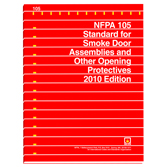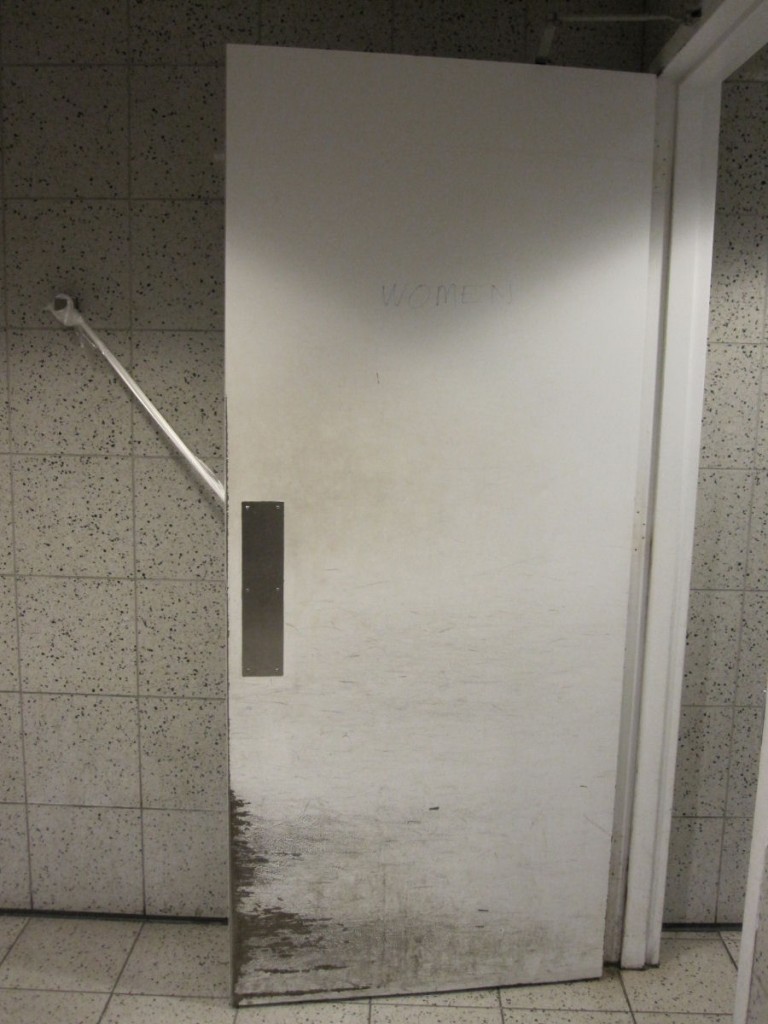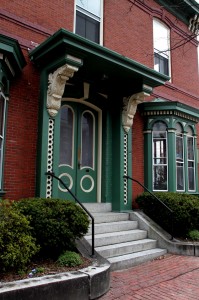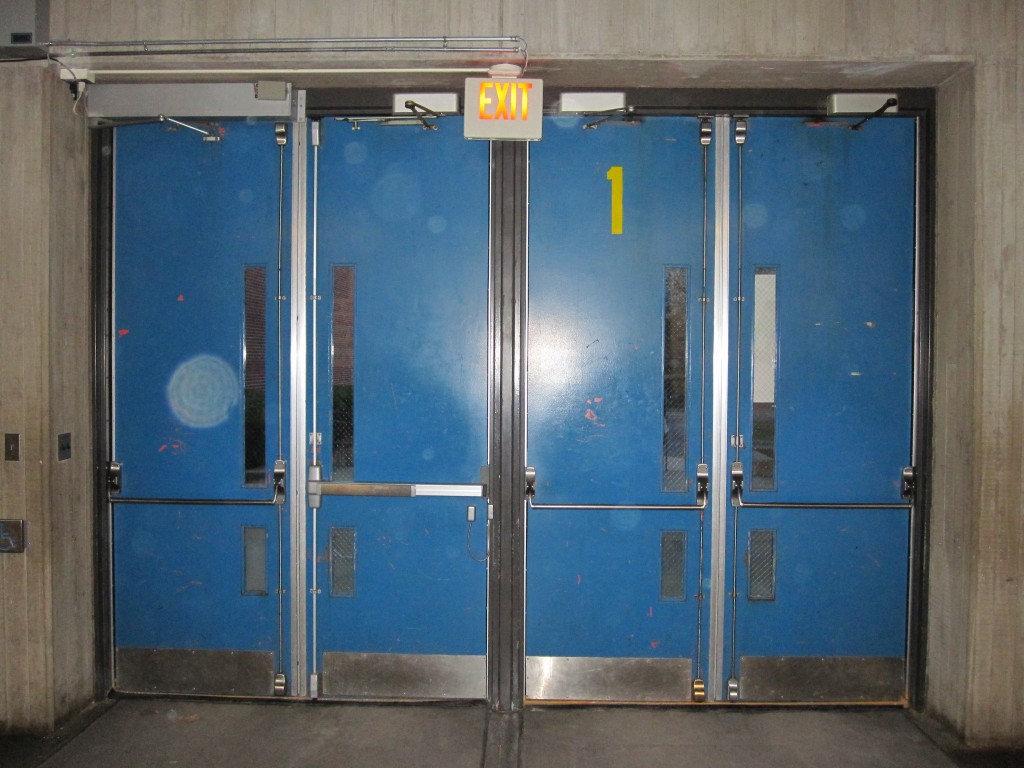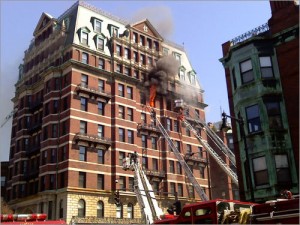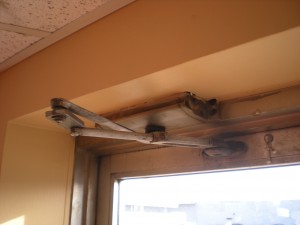Force = Mass x Acceleration
Since it's one hour until Friday and I've had a very long week trying to catch up from being on vacation, here's some door-humor (yes, really). It's an automatic door on the Columbia University Physics building. The auto operator was being replaced with an LCN Senior Swing, but the installers were struggling through the installation without a wiring diagram, which can be extremely tough if there's other hardware involved. I feel a site visit coming on.






































